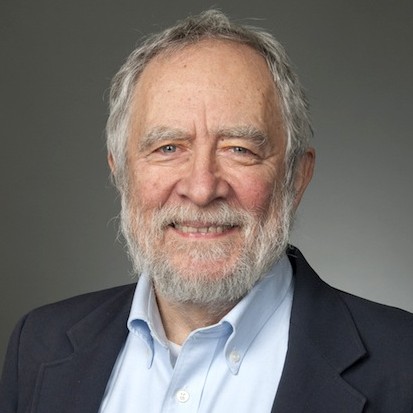Important People
The Fourier Transform has gotten to be one of the most interesting parts of math that I’ve seen. Granted, that I’m not a super wise guy and there are so many more maths that are so much cooler, but I’d say that that is what really got me started on the path that I am in today, and I’d say that the two people who most influenced me to understanding it were H. Steven Colburn and Andy Fan
 |
 |
And, of course, my peers who helped me understand it more and more for months: Nathan Nard, Sara Gravelyn, and Sandesh Gourkar. The books that I most used were Oppenheim, Willsky and Nawab’s Signals and Systems [2E], and Oppenheim and Schafer’s Discrete-Time Signal Processing [3E]. They are classics, in which I feel like every engineer should have a copy on their bookshelf. I totally learned a lot reading them!
Background
So there’s a lot of good information online about the Fourier Transform. The two equations in which engineers may see a lot are, for the continuous-time Fourier Transform, are
\[X(j\omega) = \int_{-\infty}^{\infty} x(t) e^{-j\omega t} dt \quad \text{(Analysis Equation)}\] \[x(t) = \frac{1}{2\pi} \int_{-\infty}^{\infty} X(j\omega) e^{j\omega t} d\omega \quad \text{(Synthesis Equation)}\]Mathematicians and physicists in the other hand may see the following equations:
\[X(j\omega) = \frac{1}{\sqrt{2\pi}} \int_{-\infty}^{\infty} x(t) e^{-j\omega t} dt \quad \text{(Analysis Equation)}\] \[x(t) = \frac{1}{\sqrt{2\pi}} \int_{-\infty}^{\infty} X(j\omega) e^{j\omega t} d\omega \quad \text{(Synthesis Equation)}\]That is just different conventions, in which should both be appreciated.
If you are interested in reading Fourier’s paper, you can get original from 1822 or the translated version, translated by Alexander Freeman.
Fourier originally made it because he wanted to study heat, and it’s quite interesting since I think it was still considered to be a theory then (unless I misinterpret, since theory may have different connotations, such as Music Theory).
Different Types of Fourier Transform
There are different types of Fourier Transforms for different case scenarios.
| Type | Input | Output | Equations |
|---|---|---|---|
| Continuous-Time Fourier Transform | \(x(t) \rightarrow \text{Continuous}\) | \(X(j\omega) \rightarrow \text{Continuous}\) | \(X(j\omega) = \int_{-\infty}^{\infty} x(t) e^{-j\omega t} dt\) \(x(t) = \frac{1}{2\pi} \int_{-\infty}^{\infty} X(j\omega) e^{j\omega t} d\omega\) |
| Discrete-Time Fourier Transform | \(x[n] \rightarrow \text{Discrete}\) | \(X(e^{j\omega}) \rightarrow \text{Continuous}\) | \(X(e^{j\omega}) = \sum_{n=-\infty}^{\infty} x[n] e^{-j\omega n} dt\) \(x[n] = \frac{1}{2\pi} \int_{2\pi} X(e^{j\omega}) e^{j\omega n} d\omega\) |
| Discrete Fourier Transform | \(x[n] \rightarrow \text{Discrete}\) | \(X[k] \rightarrow \text{Discrete}\) | \(X[n_0,\omega) = DTFT_{m\rightarrow \omega} \{ w[m] x[n_0 + m] \}\) \(X[n,\omega_0) = x[n] * w[-n] e^{j\omega_0 n}\) |
| Time-Dependent Fourier Transform | \(x[n] \rightarrow \text{Discrete}\) | \(X[n,\omega)\) | \(X(j\omega) = \int_{-\infty}^{\infty} x(t) e^{-j\omega t} dt\) \(x(t) = \frac{1}{2\pi} \int_{-\infty}^{\infty} X(j\omega) e^{j\omega t} dt\) |